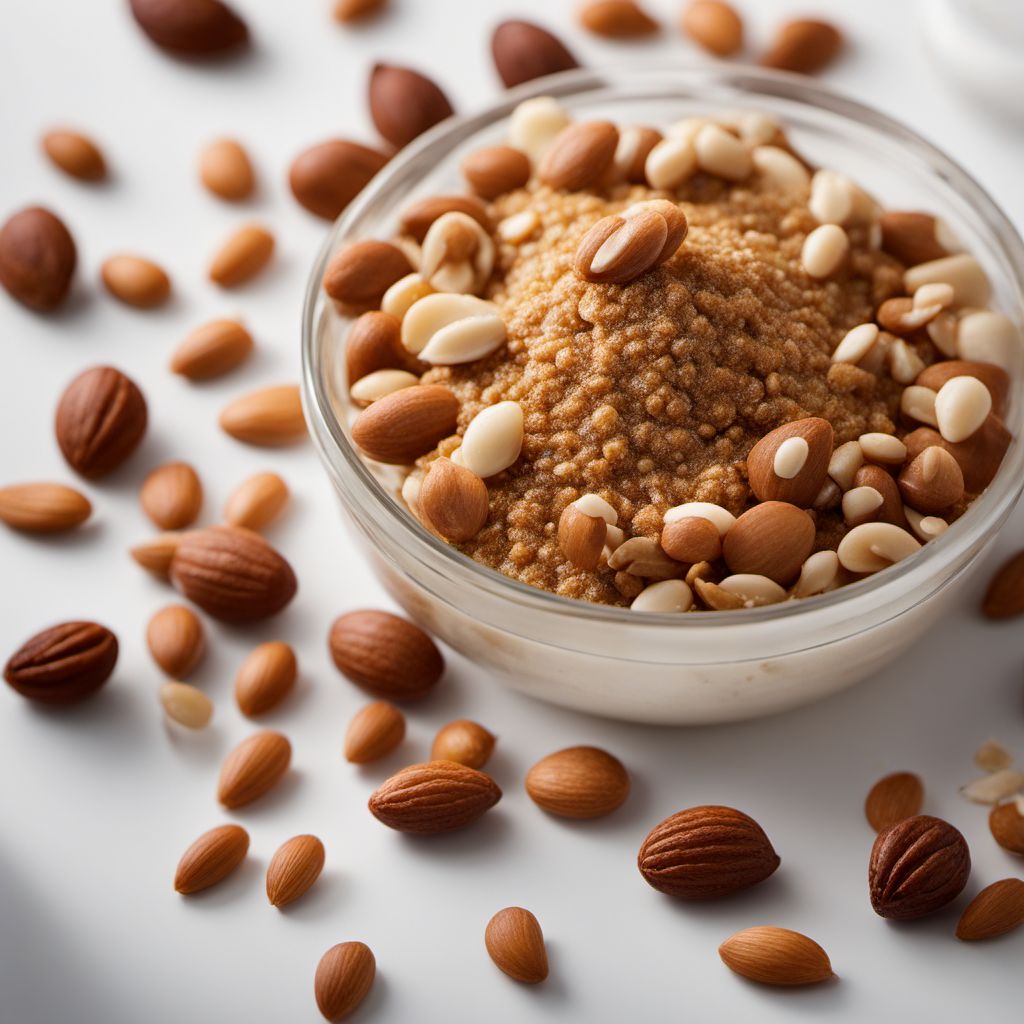
Ingredient
Nut/seeds paste/emulsion/mass
The Creamy Delight of Nut and Seed Pastes
Nut and seed pastes are made by grinding or blending nuts or seeds into a smooth, creamy consistency. They can be made from various nuts and seeds, including almonds, cashews, peanuts, sesame seeds, and sunflower seeds. These pastes have a rich, nutty flavor and a velvety texture, making them a popular choice in both sweet and savory recipes.
Origins and history
The use of nut and seed pastes dates back centuries, with almonds and sesame seeds being among the earliest ingredients used to create these creamy delights. They have been an integral part of Middle Eastern, Mediterranean, and Asian cuisines for generations. Nut and seed pastes are not only valued for their taste and texture but also for their nutritional benefits.
Nutritional information
Nut and seed pastes are a concentrated source of healthy fats, protein, and essential nutrients. They are particularly rich in monounsaturated fats, vitamin E, and minerals such as magnesium and calcium. The nutritional content varies depending on the type of nut or seed used.
Allergens
There are no known allergens associated with nut and seed pastes. However, individuals with nut allergies should exercise caution and choose pastes made from non-allergenic nuts or seeds.
How to select
When selecting nut or seed pastes, opt for ones that are made from high-quality nuts or seeds. Look for products that are free from additives, preservatives, or added sugars. Choose organic or natural varieties for a more wholesome option.
Storage recommendations
To maintain the freshness and quality of nut and seed pastes, store them in airtight containers in a cool, dark place, such as a pantry or cupboard. Refrigeration can help extend their shelf life. Stir well before each use, as natural separation may occur.
How to produce
Nut and seed pastes can be produced at home by grinding or blending nuts or seeds until they reach a smooth, creamy consistency. The process may vary depending on the type of nut or seed used. Alternatively, they can be purchased from grocery stores or specialty food stores.
Preparation tips
Nut and seed pastes can be used in a multitude of ways in the kitchen. They are commonly used as a base for sauces, dressings, and dips. They can also be incorporated into baked goods, desserts, smoothies, and ice creams. Nut and seed pastes pair well with chocolate, fruits, spices, and herbs, adding depth and creaminess to various dishes.
Culinary uses
Nut and seed pastes are widely used in Middle Eastern, Mediterranean, and Asian cuisines. They are commonly found in countries such as Lebanon, Israel, Greece, India, and Thailand. They are also readily available in many Western countries, where they have gained popularity due to their versatility and nutritional benefits.
More ingredients from this category
Recipes using Nut/seeds paste/emulsion/mass
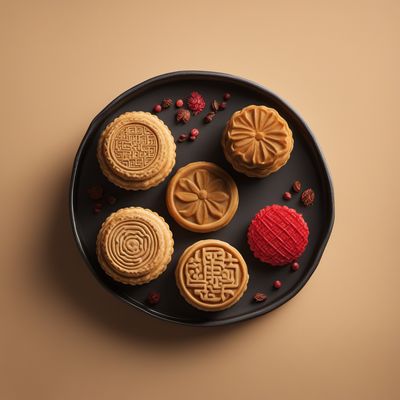
Chinese-style Lotus Seed Mooncake
Divine Delights: Chinese Lotus Seed Mooncake
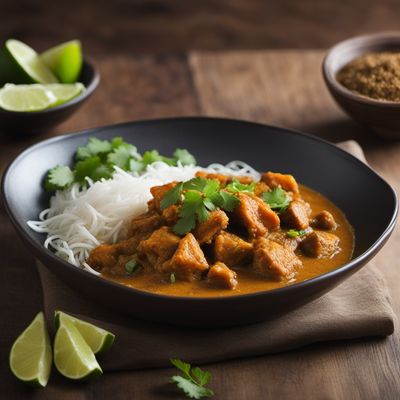
Awadhi-style Fish Curry with Rice Noodles
Royal Fish Curry: A Flavorful Awadhi Delight
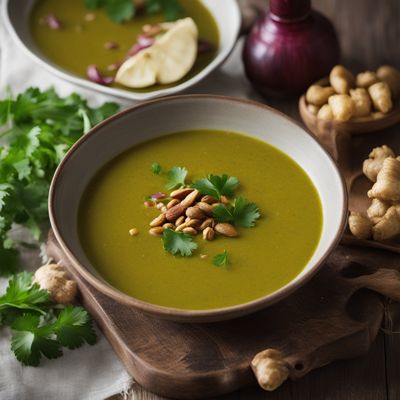
Guinean-style Potato Soup
Savory Delight: Guinean Potato Soup with a Twist
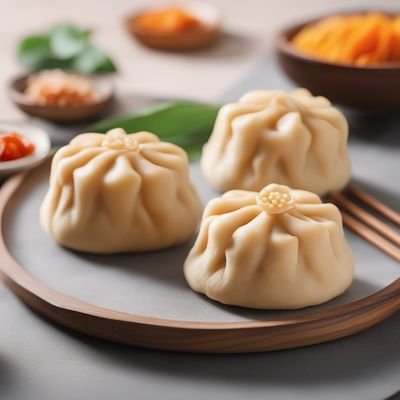
Steamed Lotus Seed Buns
Divine Delights: Steamed Lotus Seed Buns for Serenity and Longevity
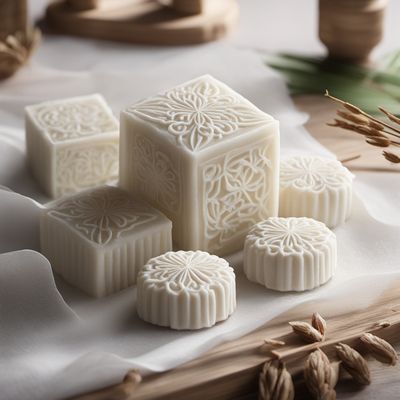
Snowy Delights: Homemade Snow Skin Mooncakes
Frosty Blossoms: Exquisite Snow Skin Mooncakes

Grilled Chicken with Ghanaian Flavors
Savory Grilled Chicken with a Ghanaian Twist

Handi Paneer Curry
Creamy Delight: Handi Paneer Curry

Mughlai Dum Aloo
Royal Potato Delight: Mughlai Dum Aloo

Curaçao-Inspired Mooncake
Tropical Delight Mooncake: A Fusion of Chinese Tradition and Curaçao Flavors

Mughlai Crab Curry
Royal Crab Delight: A Mughlai Twist to Curried Crab
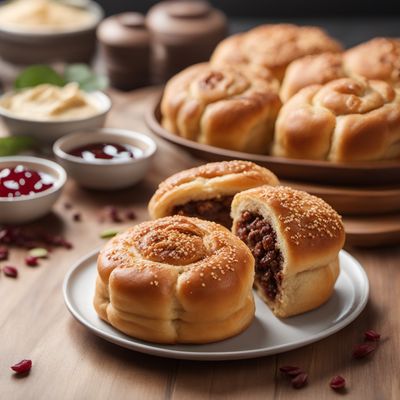
Liaoning-style Sweet and Savory Stuffed Buns
Liaoning Delights: Sweet and Savory Stuffed Buns